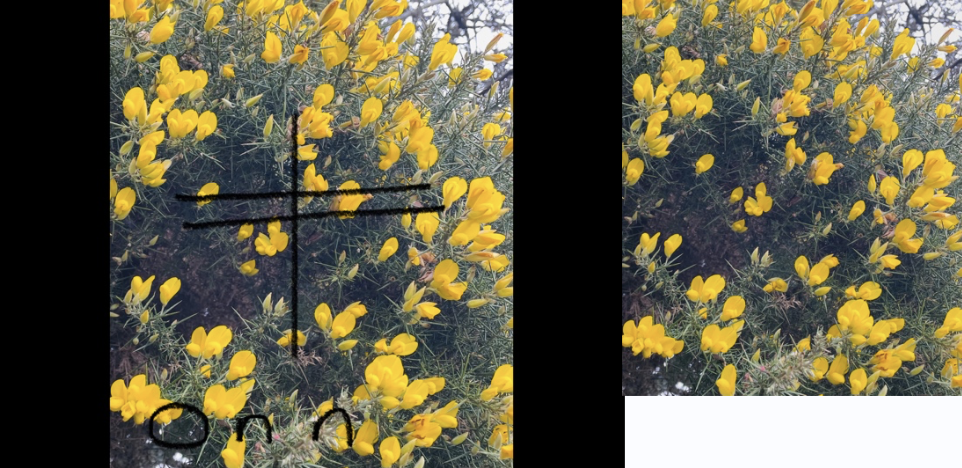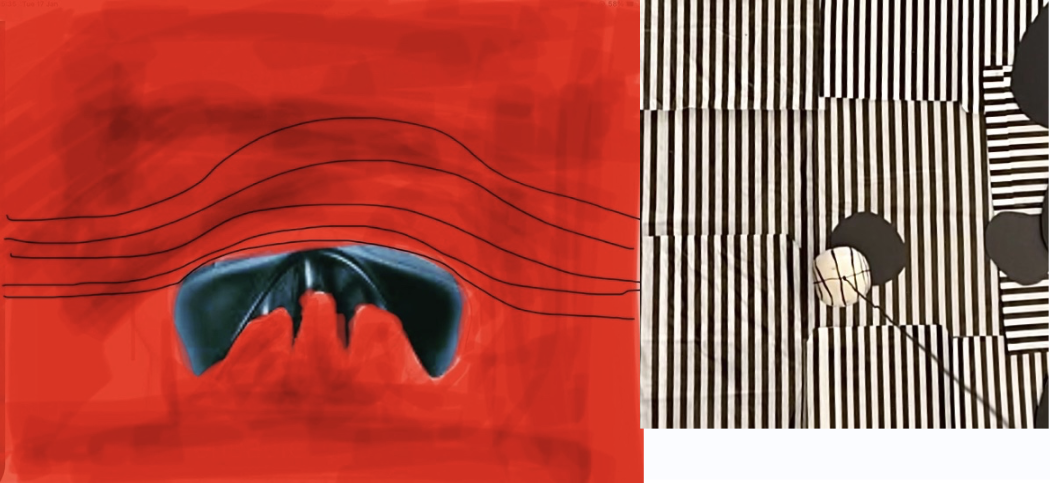Leila Galloway
During October 2023, Leila Galloway took part in a residency here at CMR to work towards her exhibition O - onn - gorse, as part of Flamm festival here in Redruth.
O - onn - gorse is an installation of new work made in situ at CMR. The work is loosely informed by the diaphragm - a mechanical structurethat resembles jellyfish. The etymology of diaphragm is Latin, from Greek and fromdia meaning ‘through apart’ + phragma, ‘a fence’. Using clay, paper-bags andgorse as materials to think through the relationships between the forms thatdiaphragms play within breathing alongside the sensations of bristling/shuddering.
Selected notes:-
gorse (n.) Old English gors “gorse, furze,” from Proto-Germanic *gorst- (sourcealso of Old Saxon, Old High German gersta, Middle Dutch gherste, Dutch gerst, German gerste “barley”), from PIE *ghers- “to bristle” (source also of Latin hordeum “barley”; see horror).
horror (n.) early 14c., “feeling of disgust”; late 14c., “emotion of horror or dread,” also “thing which excites horror,” from Old French horror (12c., ModernFrench horreur) and directly from Latin horror “dread, veneration, religious awe,” afigurative use, literally “a shaking, trembling (as with cold or fear), shudder, chill,” from horrere “to bristle with fear, shudder,” from PIE root *ghers- “to bristle” (sourcealso of Sanskrit harsate “bristles,”. Also formerly in English “a shivering,” especially as a symptom of disease or in reaction to a sour or bitter taste (1530s).
diaphragm (n.) late 14c., diafragma, in anatomy, “muscular membrane which separates the thorax from the abdominal cavity in mammals,” from Late Latin diaphragma, from Greek diaphragma “partition, barrier, muscle which dividesthe thorax from the abdomen,” from diaphrassein “to barricade,” from dia “across”(see dia-) + phrassein “to fence or hedge in,” which is of uncertain etymology. Beekes suggests it is a substrate word and finds “no convincing correspondence outside Greek.”
Leila Galloway describes herself as a maker of things, using installation within the bounds of sculpture.
Her practice is concerned with different states of flux – translations of various physical states and the way things appear to flow in an unending series of fleeting moments of suspension.
Recent solo exhibition include; bladderwrack, The Fish Factory, Penryn and group eshibitions; IN-TIME, Wilhelmina Barnes Graham Trust in Edinburgh and THE ONLY THINGMORE SLIPPERY THAN THE ELBOW, Auction House in Redruth.
She is an artist based in Penryn, Cornwall, studied sculpture at ManchesterMet University; Slade School of Art, and Aesthetics and Art Theory at The Centre for Research in Modern European Philosophy, Kingston University. She has taught at various Higher Education institutions in the UK and has exhibited at numerous independent spaces and museums nationally and internationally.



